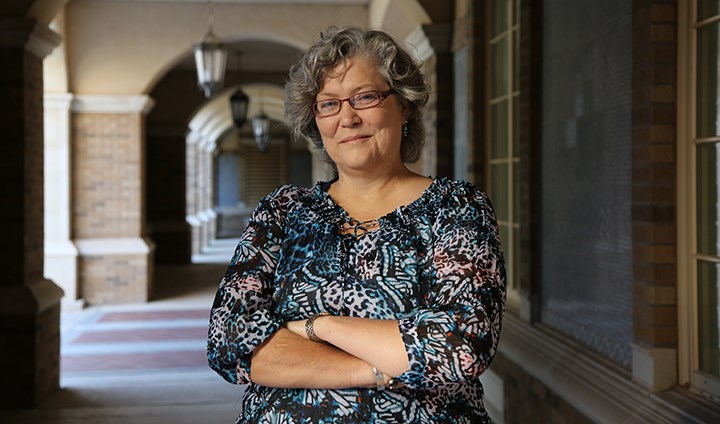New study on depressed pupils – self harming: “Surprisingly high”

In the extensive tri-city study, researchers studied the mental health of adolescent pupils. Photo: Pixabay
In a new study, around 25 per cent of adolescents responded that they have deliberately self harmed at least once in the last year. Thousands of pupils from the region of Örebro participated in this study.
In the so-called tri-city study, adolescents in grades seven and eight answered questions about their well-being, including among things self-harming behaviour. It concerns teenagers who harm themselves physically one or more times, but not intending to take their life.
“Our research shows that there are higher levels of self-harming behaviour than one might expect. If you ask teenagers if they have done this in the last year, the number of 'yes' respondents is surprisingly high,” says Lauree Tilton-Weaver, professor of psychology at Örebro University.

Connection between self-harming and depression
The tri-city study was conducted between 2014 and 2018. Lauree Tilton-Weaver explains that it was already known that self-harming behaviour quickly eases emotional pain.
“If you can imagine being so emotionally upset and feeling that you can't cope with it. You then discover that self-harming eases your pain temporarily. Then it's not surprising that this is repeated behaviour.”
“Our analysis indicates that self-harming behavior is closely related to feeling depressed. In fact, the level of co-occurrence suggests that when adults observe depressed adolescents, they may also want to be on the look out for self-harming behaviors.”
“Unique data"
Context is necessary to learn more about adolescent behaviour.
“For example, in adolescents whose peers use their relationships to bully them, our results show an increase in both self-harming and feeling depressed.”
”By examining the contexts of development, it’s possible to learn why they are engaging in such behavior and at what levels. This knowledge helps researchers and practitioners to determine how to help them.”
She thinks that this extensive study has created a strong foundation for future research. Not the least because the same adolescents answered questions regularly over five years.
“Now, we have unique data. It's a tremendous strength that it was such a big sample. Because it allows you to do these kinds of analysis,” says Lauree Tilton-Weaver.
Text: Beatrice Emmerik
Translation: Jerry Gray
About the tri-city study
The tri-city study was conducted between 2014 and 2018. Researchers from many different fields worked together in the interdisciplinary research project.
Every year during the project, adolescents in grades seven and eight in municipal schools responded to the survey study about their well-being. Participating in the study were pupils in Örebro, Karlskoga and Köping.
The purpose of this research was to follow adolescents well-being over time and to learn how to prevent mental health problems in youth.
8,080 adolescents answered the survey. The response rate each year was between 75 and 88 per cent.
